During the American Civil War, corps badges played a significant role in identifying soldiers and their respective units. These badges were used to distinguish between different corps, divisions, brigades, and regiments. They were a source of pride for soldiers and served as a symbol of unity within their respective units.
Origin of Corps Badges
The idea of using badges to distinguish between different units dates back to the British Army in the 18th century. During the Revolutionary War, American soldiers also used badges to identify their units. However, it wasn’t until the Civil War that corps badges were widely used.
In March 1863, Major General Joseph Hooker, commander of the Army of the Potomac, ordered the creation of corps badges for his soldiers. The badges were designed to be worn on the hat or cap and were made of cloth or metal. The badges were shaped like geometric figures, such as circles, triangles, and diamonds, and were color-coded to distinguish between different corps.
Historian John W. Busey wrote in his book, The Union Army: Organization and Operations, “The badge system played an important role in fostering esprit de corps among soldiers. By identifying a soldier’s unit and place in the army’s hierarchy, the badges helped to create a sense of pride and belonging.”
Purpose of Corps Badges
The purpose of corps badges was twofold. Firstly, they helped to identify soldiers and their units during battle. This was important as it allowed soldiers to easily recognize their own comrades in the chaos of the battlefield. It also helped officers to quickly identify which units were where on the battlefield, which was crucial for making tactical decisions.
Secondly, corps badges served as a source of pride and camaraderie for soldiers. They helped to create a sense of unity within the unit, as soldiers felt a sense of belonging to their respective corps. This was particularly important as soldiers often came from different parts of the country and had no prior connection to each other. Civil War soldiers often spoke of the importance of corps badges in creating a sense of unity within their units. Private John Haley of the 17th Maine Infantry wrote in his diary:
“The badge is a bond of brotherhood between us, and we wear it with pride, for it is a symbol of the noble corps to which we belong.”
Author and Civil War expert Shelby Foote also spoke of the importance of corps badges in his book, The Civil War: A Narrative stating, “The corps badges were a great morale booster for the troops. They felt a sense of pride in belonging to their unit and displaying their badge for all to see.”
Colors of Corps Badges
The colors of corps badges were based on the colors of the respective corps’ flags. The First Corps badge, for example, was red, while the Second Corps badge was green. The colors were also chosen based on their visibility on the battlefield. Bright colors such as red and yellow were preferred as they were easy to spot in the chaos of battle.
In some cases, the colors of the badges had additional significance. The Third Corps badge was made up of two overlapping triangles, one red and one blue. This was meant to symbolize the fact that the Third Corps was made up of soldiers from both the Union and Confederate armies.
Display of Corps Badges
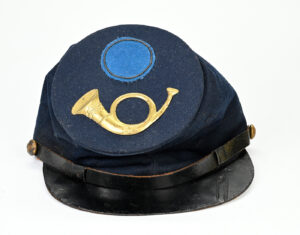
Here is a breakdown of the shapes and colors of the badges for each corps and division:
First Corps:
- Shape: Maltese cross
- Color: Red
Second Corps:
- Shape: Trefoil (clover)
- Color: Green
Third Corps:
- Shape: Two overlapping triangles, one red and one blue
- Color: Light blue
Fourth Corps:
- Shape: Diamond
- Color: Blue
Fifth Corps:
- Shape: Crossed Maltese cross
- Color: Red
Sixth Corps:
- Shape: Greek cross
- Color: Purple
Seventh Corps:
- Shape: Shield
- Color: Black
Eighth Corps:
- Shape: Circle
- Color: Purple
Ninth Corps:
- Shape: Shield with a banner across the top
- Color: Blue
Tenth Corps:
- Shape: Crescent moon
- Color: Red
Eleventh Corps:
- Shape: Star
- Color: Yellow
Twelfth Corps:
- Shape: Cloverleaf
- Color: Red
In addition to the corps badges, divisions within each corps also had their own badges. These badges were typically variations on the corps badge, with additional colors or symbols to distinguish between different divisions.

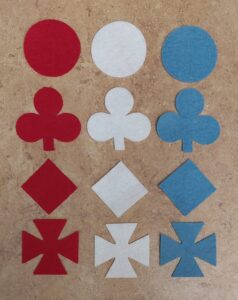
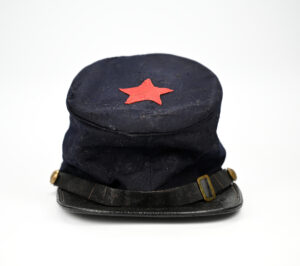
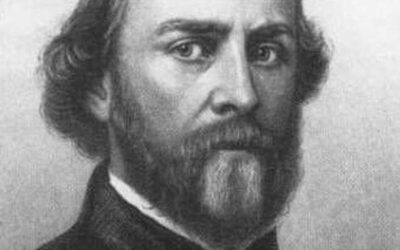
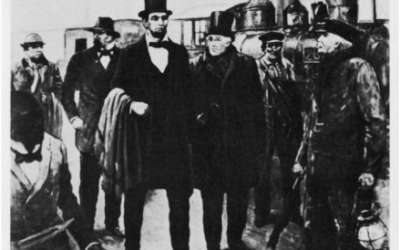
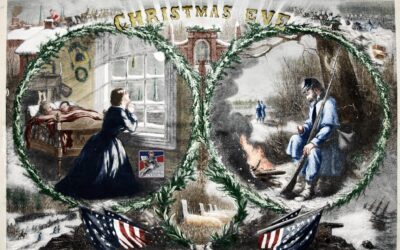
0 Comments